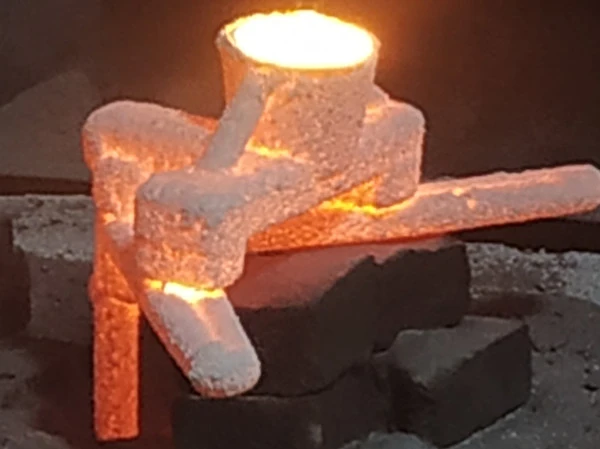Mobile:+86-311-808-126-83
Email:info@ydcastings.com
Techniques and Benefits of Gravity Casting in Aluminium Production Processes
Gravity Casting of Aluminum An In-Depth Overview
Gravity casting, also known as gravity die casting, is a metal casting process that utilizes gravitational force to fill a mold with molten aluminum. This technique is widely appreciated for its ability to produce high-quality components with excellent dimensional accuracy and surface finish. In this article, we will explore the principles of gravity casting, its advantages and disadvantages, as well as its applications in various industries.
The Process of Gravity Casting
The gravity casting process begins with the preparation of a mold, typically made from durable materials such as steel or iron. These molds are built to withstand high temperatures and repeated use, making them suitable for mass production. Once the mold is ready, molten aluminum is poured into it under the influence of gravity. The key characteristic of this method is that the aluminum fills the mold purely through gravitational force without the need for high-pressure systems.
The cooling phase is crucial in gravity casting. As the molten aluminum fills the mold, it begins to cool and solidify, taking the shape of the cavity. The cooling rate can significantly affect the mechanical properties of the aluminum, such as strength and ductility. Once the aluminum has fully solidified, the mold is opened, and the finished cast component is extracted.
Advantages of Gravity Casting
1. Cost-Effectiveness Gravity casting is often more cost-effective than other casting methods, like high-pressure die casting, particularly for small to medium production runs. The molds are reusable, which leads to lower costs per unit when producing large quantities.
2. High Precision This casting method achieves excellent dimensional accuracy, often requiring minimal machining after the casting is completed. This precision is critical in industries where tight tolerances are necessary.
3. Good Surface Finish The process yields components with smooth surfaces, reducing the need for extensive secondary finishing processes. This is especially beneficial in applications where surface quality is paramount.
gravity casting aluminium

5. Environmental Benefits The relatively simple process of gravity casting often results in lower energy consumption compared to high-pressure methods, making it a more environmentally friendly option.
Disadvantages of Gravity Casting
Despite its numerous advantages, gravity casting has some limitations. One significant drawback is its inability to create very intricate designs or thin-walled components, which can be more easily produced using high-pressure die casting techniques. Additionally, gravity casting may lead to defects like porosity or shrinkage, particularly if the cooling process is not controlled effectively.
Applications of Gravity Casting
Gravity casting is widely used across various industries due to its versatility and effectiveness. Common applications include
- Automotive Components Parts such as engine blocks, transmission cases, and wheels benefit from the precision and strength offered by gravity casting. - Aerospace Lightweight yet robust components are critical in aerospace applications, making gravity casting an attractive option. - Consumer Goods Many everyday items, from cookware to furniture, are crafted using gravity casting techniques. - Industrial Equipment Heavy machinery and components designed for industrial use often rely on the durability and accuracy provided by this casting method.
Conclusion
Gravity casting of aluminum is a valuable manufacturing technique that offers significant benefits in terms of cost, accuracy, and surface finish. While it may not be suitable for every application, its strengths make it an integral part of various industries, particularly automotive, aerospace, and consumer goods. As technology advances, ongoing innovations in casting techniques may further enhance the capabilities and applications of gravity casting, ensuring its relevance in the manufacturing landscape for years to come.
-
Why Should You Invest in Superior Pump Castings for Your Equipment?NewsJun.09,2025
-
Unlock Performance Potential with Stainless Impellers and Aluminum End CapsNewsJun.09,2025
-
Revolutionize Your Machinery with Superior Cast Iron and Aluminum ComponentsNewsJun.09,2025
-
Revolutionize Fluid Dynamics with Premium Pump ComponentsNewsJun.09,2025
-
Optimizing Industrial Systems with Essential Valve ComponentsNewsJun.09,2025
-
Elevate Grid Efficiency with High-Precision Power CastingsNewsJun.09,2025











